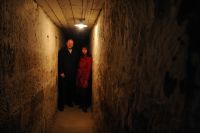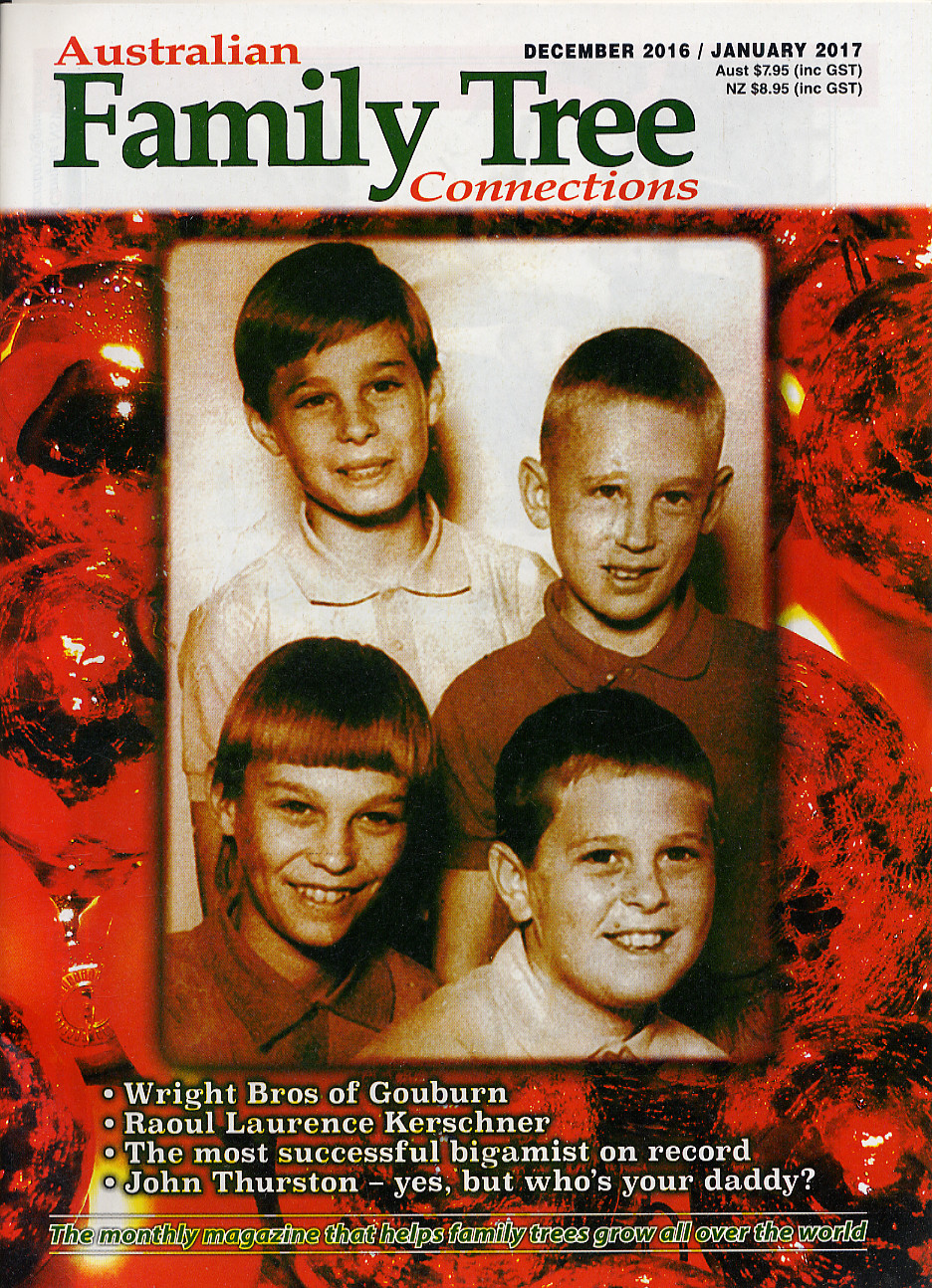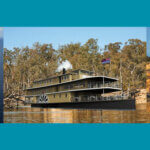 For anyone who is the descendant of a Tasmanian convict, I guarantee that you’ll be interested in the following announcement which was made today by the University of Tasmania:
For anyone who is the descendant of a Tasmanian convict, I guarantee that you’ll be interested in the following announcement which was made today by the University of Tasmania:
“Major new research project delves deep into the past. The secret lives of our convict ancestors are going to be revealed in a major new research project.
Founders and Survivors: Australian Life Courses in Historical Context is a national collaboration between demographers, historians, epidemiologists and genealogists. By examining birth, death and marriage records and other historical sources, the project will produce the means of analysing the health and welfare of Australians over the past 200 years.
Associate Professor Hamish Maxwell-Stewart, from the UTAS School of History and Classics and Professor Alison Venn from the Menzies Research Institute, are both Chief Investigators on the project. Assoc Prof Maxwell-Stewart said the project aims to reconstruct life courses in historical context, reconstituting people’s fertility, household formation, health, survival time and social and geographical mobility.
“It will create an historical sample of convict and assisted migrants and their descendants and build an account of how their lives helped to shape Australian civil society,” Assoc Prof Maxwell-Stewart said.
“It will be our biggest ‘family history’.”
By linking information about transported convicts to birth, death and marriage records for 19th century Tasmania, the project can create one of the richest pre-20th century sources of information for a population that can be followed from cradle to grave.
“We will use this to study the effect that punishment, nutrition and other environmental circumstances had on life expectancy and we can do this not just for the convicts but for their children as well,” Prof Maxwell-Stewart said.
While convict experience was varied—it changed in severity over time and impacted on individuals in different ways according to their age, gender and skills—the record groups allow these variations to be traced in detail.
“We have to date captured 1,000,000 lines of data relating to people who lived in 19th century Tasmania. We are also using more than 70,000 digital images which have already been made available through the Tasmanian Archives and Heritage Office website,” Assoc Prof Maxwell-Stewart said.
“In other words, the recorded experience of convicts who underwent harsh punishment compared to those who laboured as assigned servants, or in other relatively benign regimes, is a natural experiment of the effects of severe stress on an historical population that had identifiable living descendants.”
For anyone that hasn’t yet visited the Founders & Survivors website I can highly recommend it. Just from my quick look I have found a wealth of information on my 4x Great-Grandpa Isaac Richardson, and hubby’s 3x Great-Grandpa Charles Kerslake. Listing information on their birth, conviction, transportation, arrival, physical description, and social and family info complete with scans of original documents. There is certainly more information here than I knew about, and I guarantee that I’ll be back to check out more convict lines later.
The photo shows Associate Professor Hamish Maxwell-Stewart and Professor Alison Venn in Birdcage Walk, the tunnel beneath Hobart’s Penitentiary Chapel Historic Site, where convicts used to walk from the jail house to the court room.









very interested in contributing to the Menzies Research Institute data being collected on Tasmanian convicts, as I’m descended from one. How do I contact appropriate person, please?
Hi Marie, Professor Alison Venn from the Menzies Research Project is the person who you could contact. You can find her contact details here: http://www.menzies.utas.edu.au/information.php?Doo=ViewData&type=Person&ID=5
Wonderful site. Took many years looking for him and his beginnings here in Australia but eventualy found out how paternal Great great Grandfather arrived as a Convict to Hobart Town in 1832, he came for 7years and stayed. Died Geelong Victoria in his mid seventies leaving window, children and grandchildren.
I look forward to more from this University project.
very interested in your research, have been working for two yrs. on my family convicts (both sides 🙂 ) have lots of info to share !!!